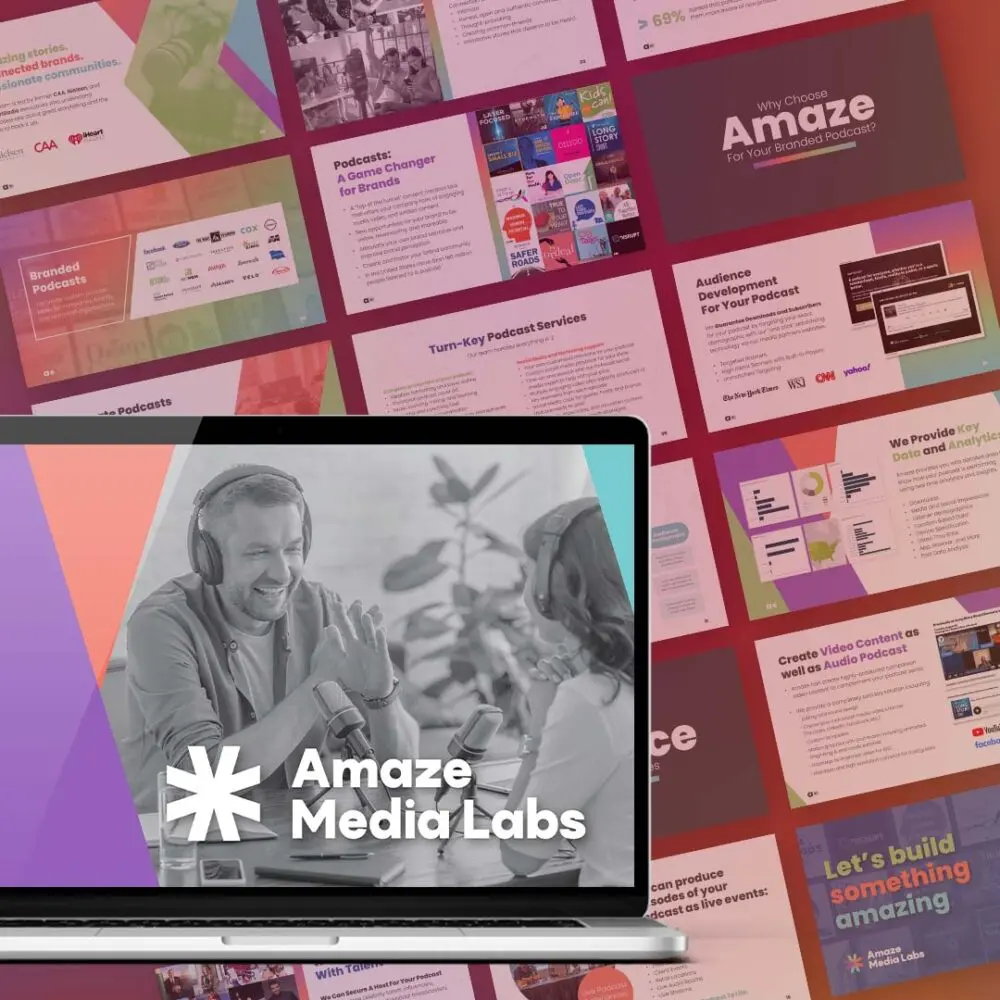TL;DR: Get faster in After Effects with shortcuts like U (shows all keyframes), expressions (wiggle, time, loopOut), and parent-chain animation. Render with Adobe Media Encoder, clean up your workspace, build templates you can reuse. Moving faster means testing more ideas, that's where better work comes from.
Animating in Adobe After Effects gets faster when you combine three approaches. The learning the right shortcuts (U shows keyframes, P/S/R/T open properties), replacing manual keyframes with expressions (wiggle adds random movement, time links to the timeline, loopOut repeats forever), and using parent-chain animation where you animate one null object that controls everything else.
Strip your workspace down to Timeline, Composition, Effects & Presets, and Project hide the rest. And always render through Adobe Media Encoder so you can keep working instead of waiting around.
Why Do You Need Faster After Effects Animation Workflows?
Client wants revisions by Thursday. Your marketing video's already late. Someone just emailed asking for "one more quick thing."
Here's what separates fast designers from slow ones: they're not cutting corners. They just know which parts of animating in adobe after effects actually matter. The software has hundreds of features. You'll use maybe twenty of them regularly.
Figure out which twenty, and suddenly you're not fighting the timeline anymore. You've got time to try different ideas, test variations, see what works. That's where good work happens.
Whether you're creating motion graphics or need print design examples to support your campaigns, working efficiently across all design disciplines matters.
How Can You Speed Up Animating in Adobe After Effects?
Clean Up Your Workspace
After Effects ships with a workspace designed for everyone, which means it works great for nobody. Strip it down. You need Timeline, Composition, Effects & Presets, and Project. Everything else? Tuck it away until you actually need it.
Image Alt Text: Optimized Adobe After Effects workspace layout for faster animation workflow
Learn These Shortcuts First
Forget trying to memorize every keyboard command. Start here:
- U – Shows all your keyframes at once
- Cmd/Ctrl + D – Duplicates whatever you've selected
- P, S, R, T – Opens Position, Scale, Rotation, Opacity
- Cmd/Ctrl + Alt + F – Fits your comp to the window
These five handle most of what you do daily. Get comfortable with them before moving on.
Parent-Chain Your Animations
Stop keyframing each layer individually. Animate a null object, parent everything to it, boom—you just animated ten layers with one set of keyframes. This technique shines when you've got complex graphics where multiple things move together but need different timing.
Three Expressions Worth Knowing
Expressions seem complicated until you realize three of them solve most problems:
- wiggle(2,30) – Makes stuff move randomly without touching keyframes
- time*500 – Links movement directly to your timeline
- loopOut("cycle") – Repeats your animation forever
These eliminate hours of manual keyframing. Pick up more animation and graphic design techniques at Penji if you want to go deeper.
Build Templates with Master Properties
Make one lower third. Set it up so the text and colors can change. Now you've got a template that adjusts in thirty seconds instead of starting from scratch every time. Clients love variations, different products, different colors, different names. Build it once, tweak it fast. This same principle applies to marketing collateral design where templates speed up production dramatically.
Stop Waiting on Renders
Adobe Media Encoder lets you queue up renders and keep working. Don't sit there watching a progress bar. Set up templates: H.264 for web delivery, ProRes if you're handing off to an editor. While you're animating, work at 50% resolution. Save the full-quality preview for when you're checking finals.
Tools That Actually Help
After Effects is powerful on its own, but a few plugins make specific tasks way faster:
- Motion Bro – Free plugin packed with templates and presets
- Animation Composer – Transitions and effects ready to go
- Flow – Click once, get smooth easing on your keyframes
Make Your System Work Better
Go to Preferences > Memory and give After Effects as much RAM as you can (keep 8GB for your operating system though). Point your disk cache to a fast SSD, not your main drive. While you're animating, drop your preview resolution to half or even a third. You only need full quality when you're checking the final details.
What's the Bottom Line on Fast Route Animation?
Animating in Adobe After Effects doesn't have to eat up your entire day. Speed isn't about rushing through projects, it's about getting rid of the friction between what you're thinking and what ends up on screen.
When the technical stuff becomes automatic, you can focus on the creative decisions that actually make a difference.
Pick three things from this guide. Maybe it's the U shortcut, maybe you'll finally try expressions, maybe you'll clean up your workspace. Whatever you choose, use it on your next project. The more you iterate, the better your work gets. And you can't iterate if you're spending all day on version one.
FAQs
What keyboard shortcuts speed up After Effects animation the most?
The U key is the big one, it shows all your keyframes at once. Add Cmd/Ctrl + D for duplicating stuff, P/S/R/T for quick access to your main animation properties, and Cmd/Ctrl + Alt + F to fit your comp in the window. Those five will handle most of what you do.
How do expressions make animation faster?
They automate the boring stuff. Type wiggle(2,30) and you've got random movement without setting a single keyframe. Use time*500 for continuous motion. Drop in loopOut("cycle") and your animation repeats forever. These three replace what would normally be hundreds of keyframes you'd have to place manually.
Should I render from After Effects or use Media Encoder?
Media Encoder, every time. Queue up your renders and keep working instead of waiting around. Make templates for the stuff you export regularly—H.264 for web, ProRes if you're passing files to an editor. Saves time on every project.
What's parent-chain animation?
Instead of animating each layer separately, you animate one null object and parent everything else to it. All the parented layers move together, but they keep their individual timing relationships. Makes complex animations way simpler.
How can I optimize After Effects performance?
Give it as much RAM as you can in Preferences > Memory. Set your disk cache to a fast SSD. Work at half resolution while you're animating, you don't need full quality until you're checking the final version. And strip down your workspace to just the panels you actually use.


